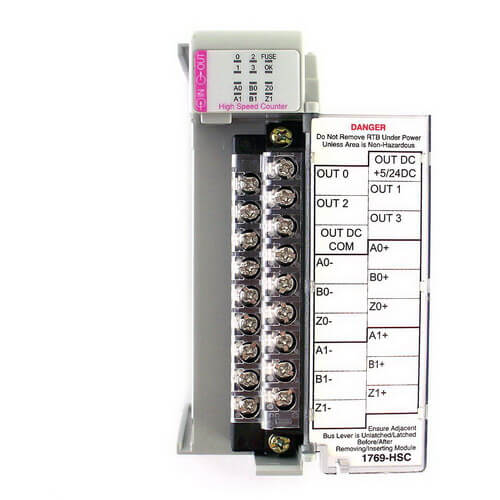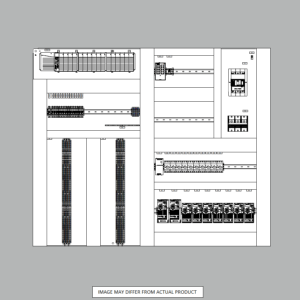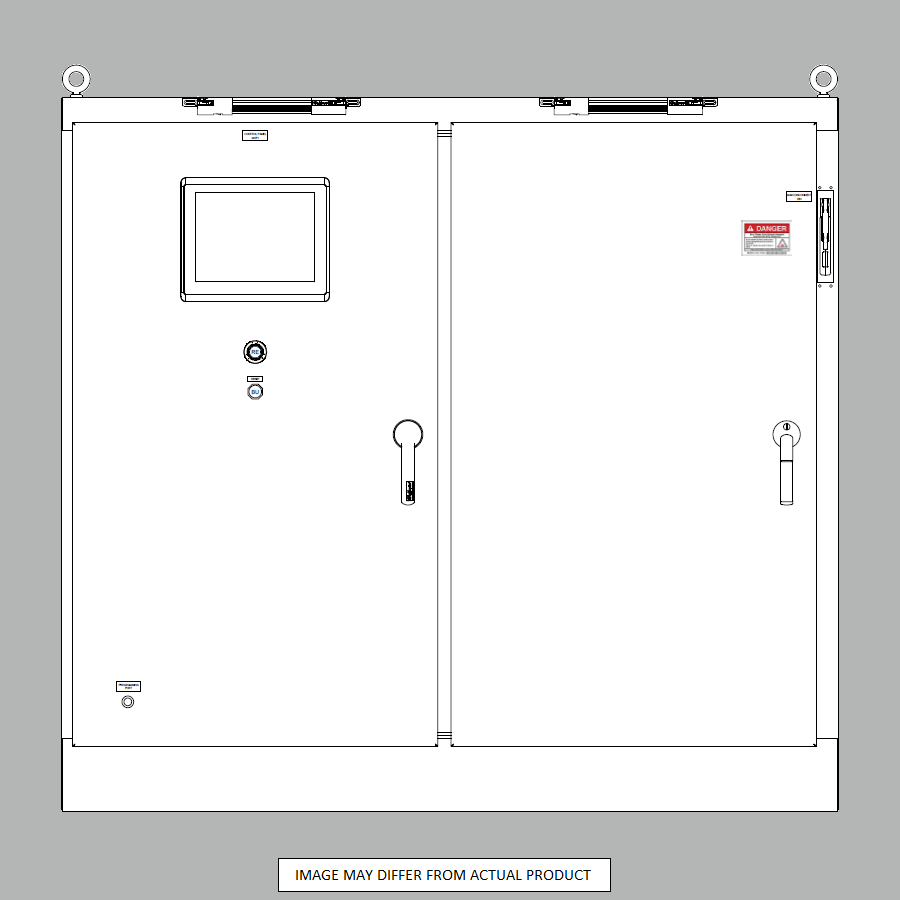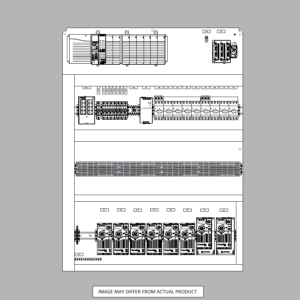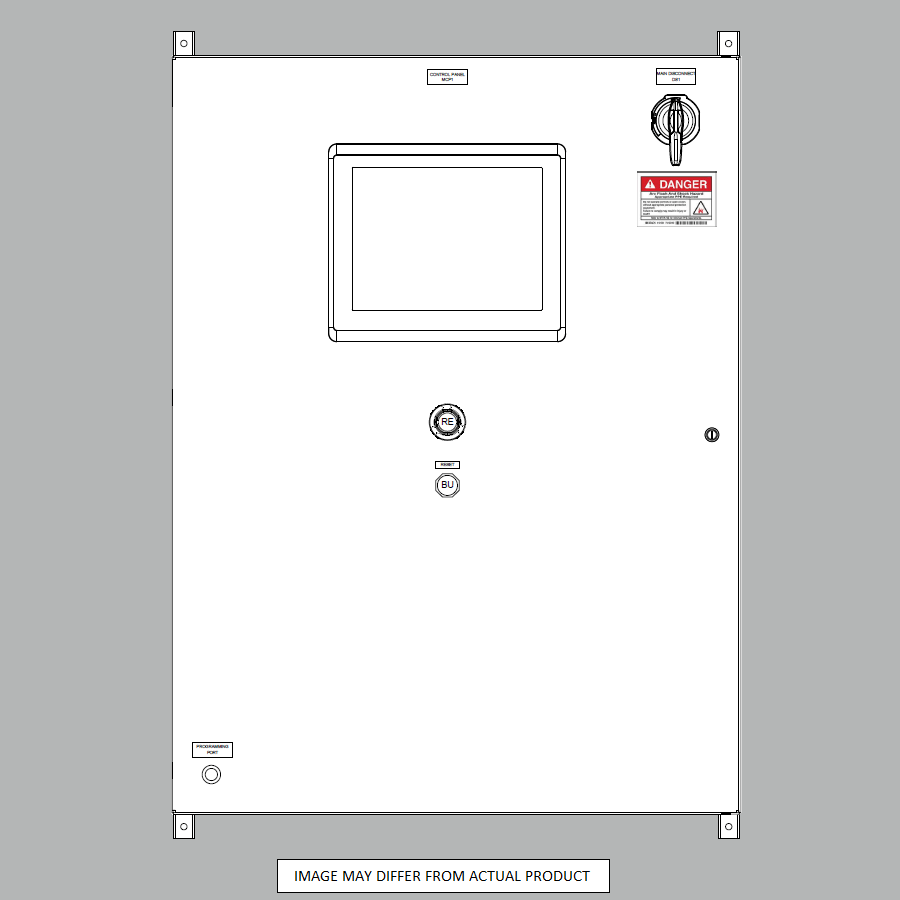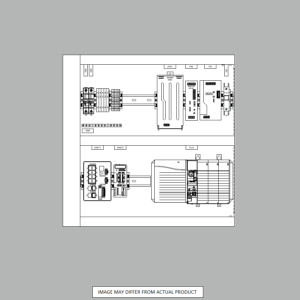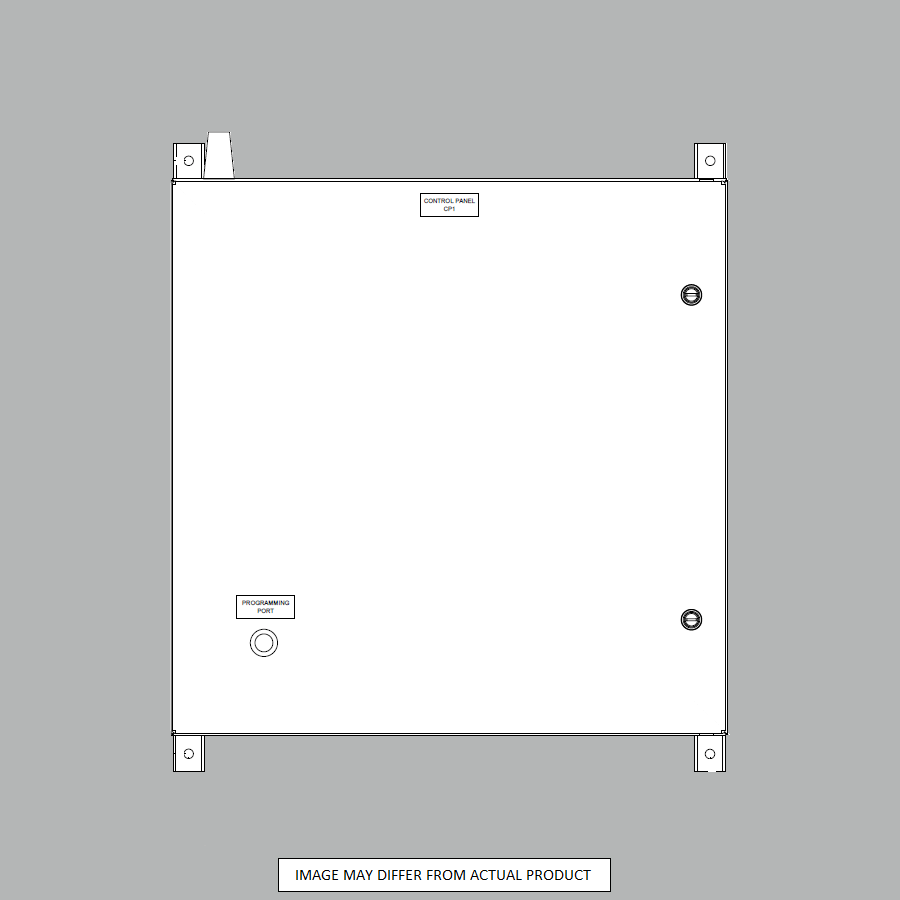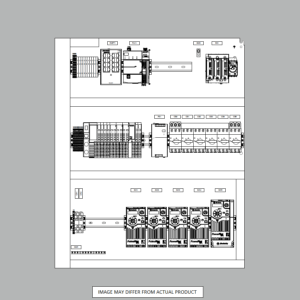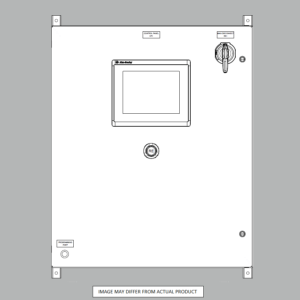High-Speed Counters in PLC: Enhancing Automation Performance
In industrial automation, precision and speed are paramount. High-speed counters (HSCs) within Programmable Logic Controllers (PLCs) are crucial in achieving exceptional control over processes. Processes that demand swift and accurate responses. This article discusses the world of HSCs in PLC automation. Also exploring their capabilities, applications, and the benefits they bring to modern automated systems.
By the end of this guide, you’ll understand why embracing HSCs is essential for unlocking new levels of precision and efficiency in your automated control processes.
What are High-Speed Counters (HSCs) in PLCs?
High-speed counters (HSCs) are specialized hardware modules integrated into Programmable Logic Controllers (PLCs). They are designed to accurately count and measure high-frequency signals or events. They can capture and process input signals exceptionally fast. It makes them invaluable in applications requiring precise timing, position tracking, or event counting.
Unlike traditional counter modules, HSCs boast higher resolution and faster sampling rates. They can capture and process signals with frequencies ranging from tens of kilohertz to several megahertz. This is depending on the specific PLC model and configuration.
How do HSCs Work in PLC Automation?

The sensor triggers the counter to increase every time it changes from 0 to 1 (low to high). This allows the PLC to record how often the sensor has been activated.
PLC HSCs continuously monitor and count incoming pulses or events from connected sensors, encoders, or other input devices. These pulses can represent various physical phenomena, such as rotational speed, linear displacement, or specific events within a process.
The HSC module typically consists of dedicated hardware registers or memory areas within the PLC, where the counted values are stored and the control program can access them. Advanced HSCs may offer additional features like quadrature decoding, which allows precise position tracking and direction detection.
Why are HSCs Crucial for Precision Control?
Precision and accuracy are critical factors in automated systems, directly impacting product quality, process efficiency, and overall system performance. HSCs play a vital role in achieving this level of precision by enabling PLCs to measure and respond accurately to high-frequency events or signals.
Some key benefits of using HSCs in PLC automation include:
- Precise Positioning and Motion Control: HSCs are essential for applications that require accurate positioning and motion control, such as robotics, machining, and packaging lines. By precisely counting pulses from encoders or position sensors, HSCs enable PLCs to maintain tight control over the position and velocity of moving components.
- High-Speed Event Monitoring: In processes involving high-speed operations, such as bottling lines or web handling systems, HSCs can accurately monitor and count events occurring rapidly, ensuring proper synchronization and process integrity.
- Improved Process Efficiency: By accurately measuring and responding to high-frequency signals, HSCs enable PLCs to optimize process parameters in real-time, leading to increased efficiency, reduced waste, and improved product quality.
- Enhanced System Diagnostics: The ability to precisely count and measure events or signals can provide valuable diagnostic information, aiding in identifying and resolving issues within automated systems.
Applications of HSCs in PLC Automation
HSCs find applications across a wide range of industries and automated processes, including:
- Packaging and Material Handling: HSCs ensure precise positioning and timing in packaging lines, conveyor systems, and material handling equipment.
- Automotive Manufacturing: From robotic welding and assembly to engine testing and quality control, HSCs play a crucial role in automotive manufacturing.
- Textile and Web Handling: In textile mills and web handling systems, HSCs accurately monitor and control the speed and tension of moving fabrics or web materials.
- Semiconductor and Electronics Manufacturing: The precise positioning and motion control capabilities provided by HSCs are vital in producing semiconductors, printed circuit boards, and other electronic components.
- Printing and Converting: HSCs enable accurate registration and synchronization in printing presses, converting lines, and other equipment.
Configuring and Programming HSCs in PLCs
Proper configuration and programming are essential to effectively utilizing HSCs in PLC automation. This typically involves:
- Hardware Configuration: This involves selecting the appropriate HSC module for the PLC system and configuring its input/output connections, signal types, and operational modes.
- Software Configuration: Setting up the HSC parameters within the PLC programming software, such as counter modes, preload values, and interrupt configurations.
- Programming Logic involves developing PLC code to read and process the HSC data, implement control algorithms, and integrate the HSC functionality with other system components.
- Calibration and Testing: This involves verifying the accuracy and performance of the HSC setup through calibration procedures and testing under various operating conditions.
Selecting the Right HSC Module for Your PLC System
When integrating HSCs into a PLC system, selecting the appropriate HSC module is crucial. Factors to consider include:
- Input Signal Types: Different HSC modules may support various input signal types, such as single-ended, differential, or quadrature signals.
- Maximum Frequency or Speed: Ensure the HSC module can handle the input signals’ required maximum frequency or speed.
- Resolution and Accuracy: Higher resolution and accuracy may be necessary for applications requiring precise positioning or measurement.
- Integration with PLC Platform: Choose an HSC module compatible with your specific PLC hardware and software platform.
- Additional Features: Some HSC modules may offer advanced features like time-stamping, interrupt generation, or built-in motion control functions.
Optimizing HSC Performance for Maximum Efficiency
To achieve optimal performance and efficiency when using HSCs in PLC automation, consider the following best practices:
- Proper Shielding and Grounding: Implement appropriate shielding and grounding techniques to minimize electrical noise and interference, which can impact the accuracy of high-frequency signal detection.
- Input Signal Conditioning: Ensure the input signals are properly conditioned and filtered to remove unwanted noise or distortions that could affect the HSC’s counting accuracy.
- Software Optimization: Optimize the PLC program logic and code execution to minimize latency and ensure timely processing of HSC data, especially in time-critical applications.
- Periodic Calibration and Maintenance: Regularly calibrate and maintain the HSC setup to ensure accuracy and reliability, accounting for factors such as component aging or environmental changes.
Troubleshooting Common HSC Issues in PLCs
Despite the robustness of HSCs, issues may arise during operation. Common troubleshooting steps include:
- Signal Quality Check: Verify the quality and integrity of the input signals by inspecting the wiring, connections, and signal conditioning circuits.
- Configuration Review: Review the HSC module configuration settings and PLC program logic to ensure proper setup and correct operation.
- Noise and Interference Analysis: Investigate potential sources of electrical noise or interference that could affect the HSC’s signal detection and counting accuracy.
- Hardware Diagnostics: Perform hardware diagnostics on the HSC module and related components to identify potential hardware failures or malfunctions.
- Software Debugging: Debug the PLC program logic and code to identify and resolve any software-related issues affecting the HSC functionality.
Integration of HSCs with Other PLC Components
To fully leverage the capabilities of HSCs in PLC automation, integrating them with other PLC components and subsystems is often necessary. This integration may involve:
- Motion Control Systems: Combining HSCs with motion control modules or servo drives to achieve precise positioning and synchronized motion control.
- Vision Systems: Integrating HSCs with machine vision systems for object tracking, defect detection, or quality inspection applications.
- Data Acquisition and Monitoring: Incorporating HSCs into data acquisition and monitoring systems for process monitoring, diagnostics, and optimization.
- Human-Machine Interfaces (HMIs): Integrating HSC data and functionality with HMIs for visualization, operator control, and real-time monitoring.
- Industrial Communication Networks: Connect HSCs to industrial communication networks, such as EtherNet/IP, PROFINET, or MODBUS, for seamless data exchange and remote monitoring or control.
Future Trends and Advancements in HSC Technology
As automation technology evolves, the demand for high-speed and precise control will only increase. Future trends and advancements in HSC technology may include:
- Higher Frequency and Resolution: Ongoing improvements in electronic components and signal processing capabilities will enable HSCs to handle even higher frequencies and achieve greater resolution.
- Integrated Intelligence and Analytics: Integrating advanced analytics and machine learning capabilities into HSCs could enable predictive maintenance, process optimization, and autonomous decision-making.
- Increased Integration with Industrial Internet of Things (IIoT): HSCs may play a crucial role in the IIoT ecosystem, enabling real-time data acquisition and analysis for intelligent monitoring and control of industrial processes.
- Advanced Signal Processing: Advancements in signal processing techniques, such as digital signal processing (DSP) and field-programmable gate arrays (FPGAs), could further enhance HSCs’ accuracy and performance.
- Miniaturization and Cost Reduction: Continued miniaturization and cost reduction efforts may lead to more compact and affordable HSC solutions, making them accessible to a wider range of industrial applications.
High-speed counters (HSCs) in PLC automation are essential for achieving precision control, accurate positioning, event monitoring, and process optimization in various industrial applications. By understanding HSCs’ capabilities, configuration, and integration, you can unlock new efficiency, quality, and performance levels in your automated systems.
Key Takeaways
- High-speed counters (HSCs) in PLCs are specialized hardware modules designed to accurately count and measure high-frequency signals or events.
- In automated systems, HSCs enable precise positioning, motion control, and event monitoring, improving process efficiency and product quality.
- Proper configuration, programming, and integration of HSCs with other PLC components are crucial for optimal performance and functionality.
- Selecting the right HSC module, optimizing performance, and troubleshooting issues are essential for effective HSC implementation.
- Future trends in HSC technology include higher frequencies, integrated intelligence, IIoT integration, advanced signal processing, and miniaturization.
By embracing the power of High-Speed Counters in PLC automation, you can stay ahead of the curve. Gain also a competitive edge in the world of industrial automation. Get to know more about by contacting us today at Automation Ready Panels.
-
Large Process Automation: Panelview 5000, ControlLogix 5580
$24,073.00 Select options -
Small Process Automation: Panelview 5000, ControlLogix 5580
$20,321.00 Select options -
Small Process Automation: ControlLogix 5580, UPS Battery Backup, Cellular Modem
$18,999.00 Select options -
Advanced Automation: Panelview 5000, Safety CompactLogix 5380
$10,269.00 Select options

